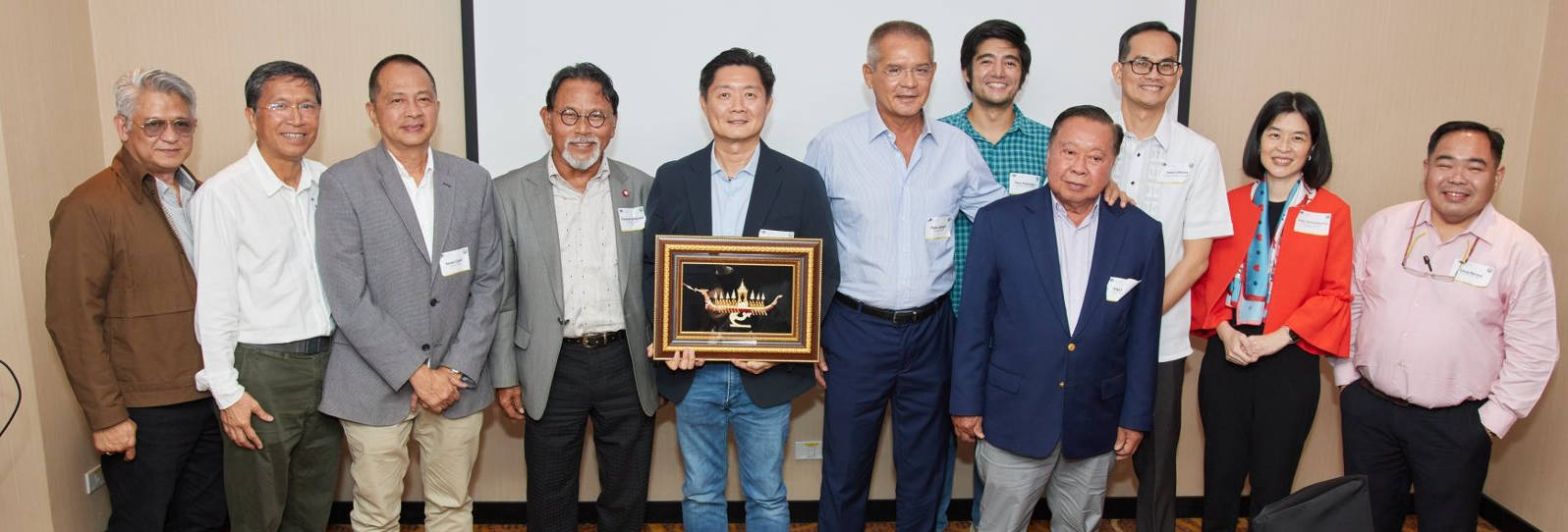January 26, 2016
Mary Grace Padin (Business Mirror)|http://goo.gl/47dhJH
The Philippines is keen on adopting technological innovations from Thailand—the world’s second-largest sugar exporter—to boost the productivity of sugarcane farms, according to the Sugar Regulatory Administration (SRA).
SRA Administrator Ma. Regina Bautista-Martin said a team from the agency will be in Thailand starting on January 26 until January 29 to conduct a “technology and policy scoping and benchmarking analysis.”
Martin said the team aims to gain “relevant” exchanges in agricultural technologies and best practices on sugarcane cultivation and harvesting, energy production and environmental management, and the development of farm machines suited for sugarcane farms in the Philippines.
“We received positive word of mouth from some farmers that have bought Thai farm machinery and equipment, including harvesters. We shall visit some of the Thai farm-equipment manufacturers and check if their machineries are suited to our farms,” Martin said in a statement.
Martin said one of the major reasons behind the drop in the production of sugarcane farms is the lack of laborers to cut and harvest the canes.
“In some mill districts, [canes good for harvest] remain uncut, unharvested, and undelivered to the mill. This results to a drop in the sucrose content of the cane. Consequently, sugar per ton of cane is quite low,” she said.
To address this concern, as well as to enhance the harvesting and milling of canes, Martin said the Philippines needs mechanized cane harvesters and loaders.
“We want to make full use of the funds provided under the Sugarcane Industry Development Act to make our sugarcane farmers, especially the small farmers and agrarian-reform beneficiaries, competitive and efficient,” she said.
The SRA technical team is scheduled to have a courtesy call with the Office of the Thai Cane and Sugar Board, the SRA’s counterpart in Thailand. They will also meet with the Thai Sugar Millers Corp., and visit a sugar mill in the eastern district of Thailand and meet with its sugarcane farmers.
The SRA has also arranged to meet with professors at the Graduate School of Energy and Environment at King Mongkut’s University of Technology to discuss agricultural feedstock for energy production and wastewater management, distribution, and use for irrigation.
Representatives from farmers and millers associations who want to interact with their Thai counterparts and observe farm and mill operations also joined the SRA technical team.
Philippine Sugar Millers Association (PSMA) President Francisco D. Varua earlier told the BusinessMirror that sugar farmers and millers in the country are already seeing lower yields and production in the current crop year, which will end on August 31.
The SRA’s latest projection indicated that the country’s sugar output for crop year 2015-2016 may only reach 2.22 million metric tons (MMT), nearly 4 percent lower than last crop year’s output of 2.31 MMT. The SRA attributed the possible drop in output to El Niño and the contraction in sugarcane production areas.


